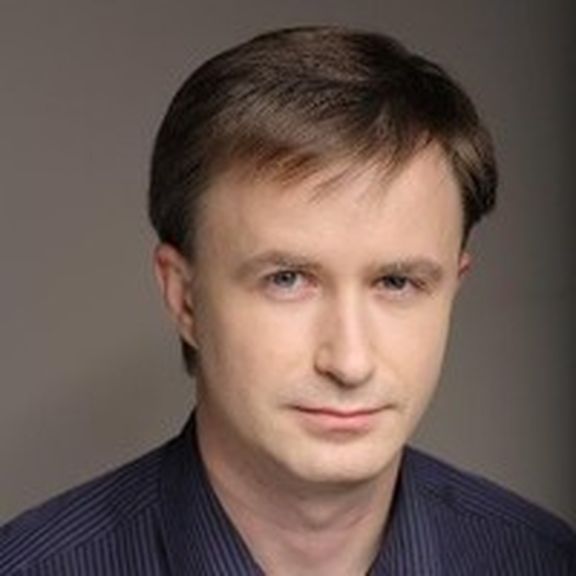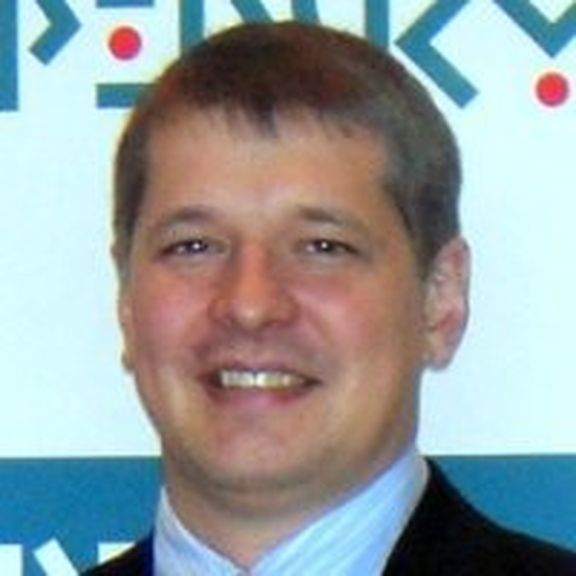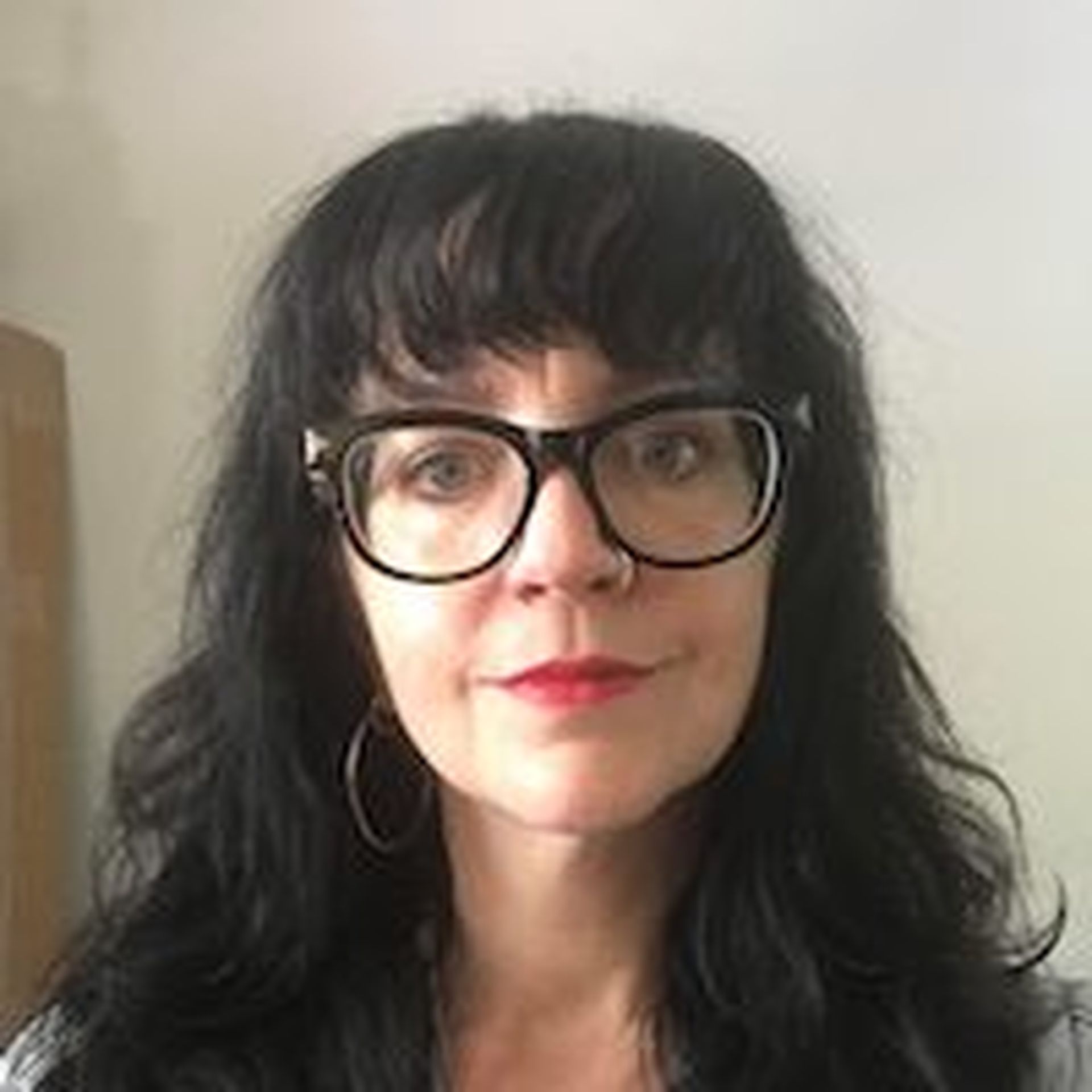Kaspersky has released a Smart Home Security offering that's designed for telecom service providers to offer to their end customers.
The offering protects smart home devices against malware, hidden surveillance, device breakdowns and more via a smartphone app, Kaspersky asserts. Supported platforms include Microsoft Windows PCs, Apple Macs and iPhones, and Google Android devices. It also has IoT (Internet of Things) security components for routers.
Kaspersky Smart Home Security can be installed on a router by a telecom operator. Consumers, in turn, can download an application on a smartphone to control and monitor device security across their home networks. In particular, the intrusion control set includes AV file scanning, blocking brute-force attacks, checking suspicious URLs and monitoring internet ports and protocols.
Kaspersky's Global Reach, U.S. Challenges
Kaspersky, founded in 1997, develops cybersecurity software for consumers, small businesses and enterprise customers. Kaspersky's software protects roughly 400 million users worldwide, according to a company fact sheet that was most recently updated in March 2021.
Kaspersky has a global partner program that spans resellers, affiliates, MSPs (managed service providers), allowists, XSPs and ISPs and technology businesses. The company also invested in Nextway, an e-commerce and payment platform that competes in some ways with traditional app stores and cloud distributors.
Amid Kaspersky's global growth, the company's U.S.-oriented business has faced some challenges amid pushback from the U.S. government. The U.S. government expressed concerns in 2017 that Kaspersky may have ties to Russia's government -- though Kaspersky has denied the claims and launched transparency centers in a bid to affirm the company's commitment to customer privacy and data security.
Kaspersky Smart Home Security Protects Connected Device Ecosystem


In a prepared statement about the smart home security software, Oleg Nevstruey, head of customized and technology products management at Kaspersky, said:
“We see the popularity of smart home devices growing every year. Naturally, in parallel with this, the number of various attacks aimed at hacking connected devices is also growing,”Considering that smart home is not a temporary trend, but our future, it is obvious that this category of devices requires a complete product that will provide comprehensive protection against a wide range of threats. We believe Kaspersky Smart Home Security will help telecom operators respond to the growing demand from users to protect devices for their smart home.”
Alexey Gromyko, head of global xSP projects, added:
“Our new offer is the result of many years’ successful work with operators all over the globe. We know the challenges our telco partners face as new technologies emerge. The new product will protect users and detail the current protection levels of the home IoT ecosystem. The operator also needs to use the CPE devices already deployed in the customers’ modes, and these demands have been considered during the solution’s development.”
Additional insights from Joe Panettieri.




